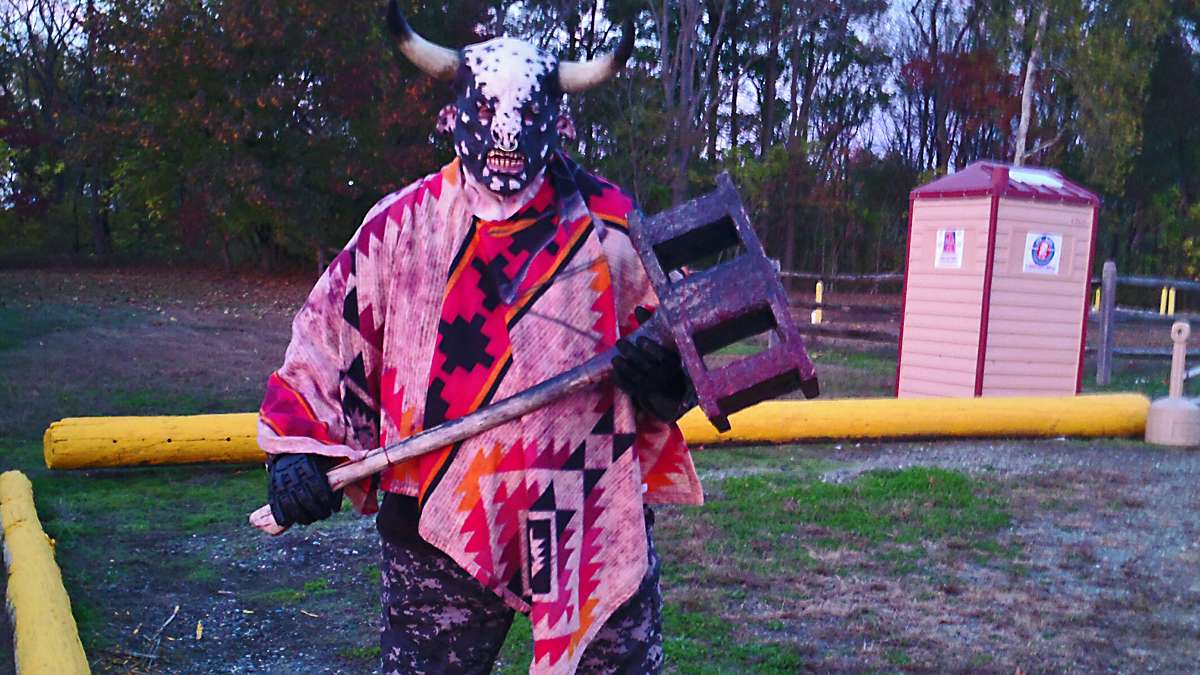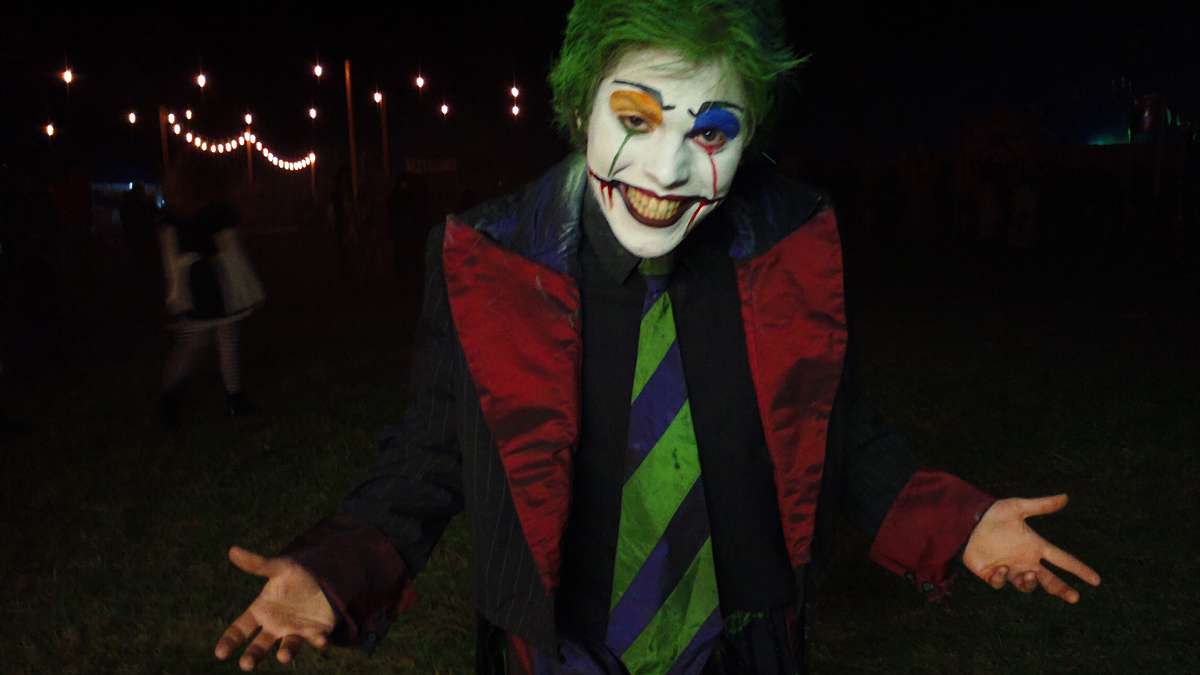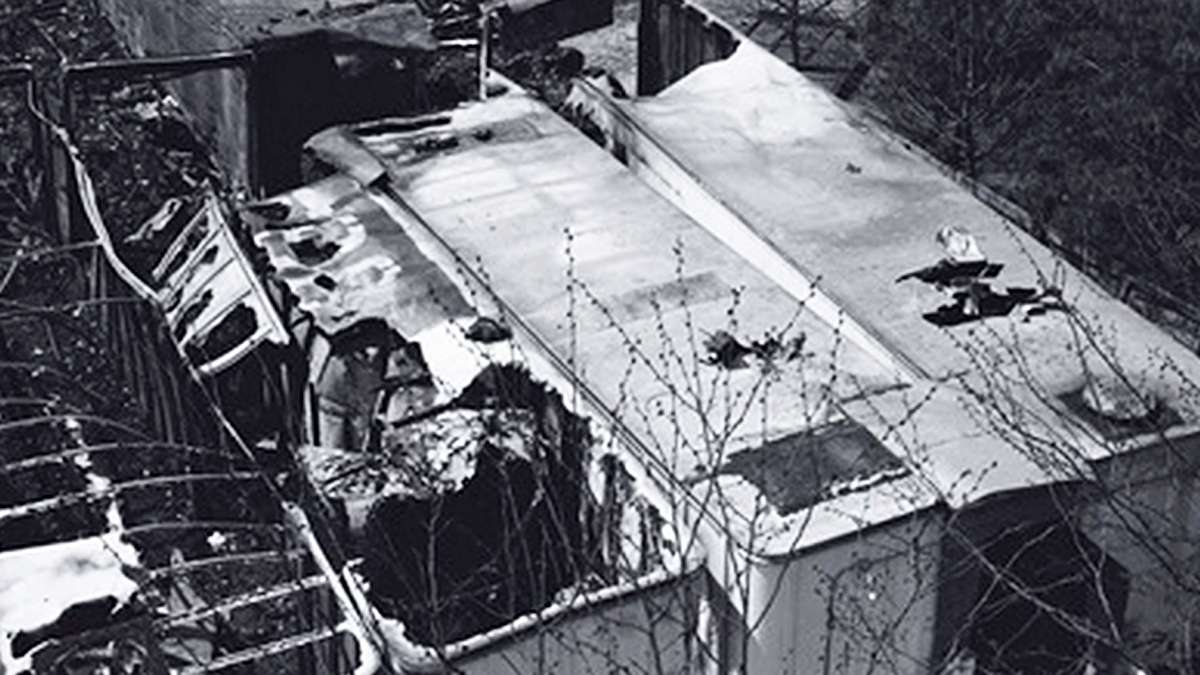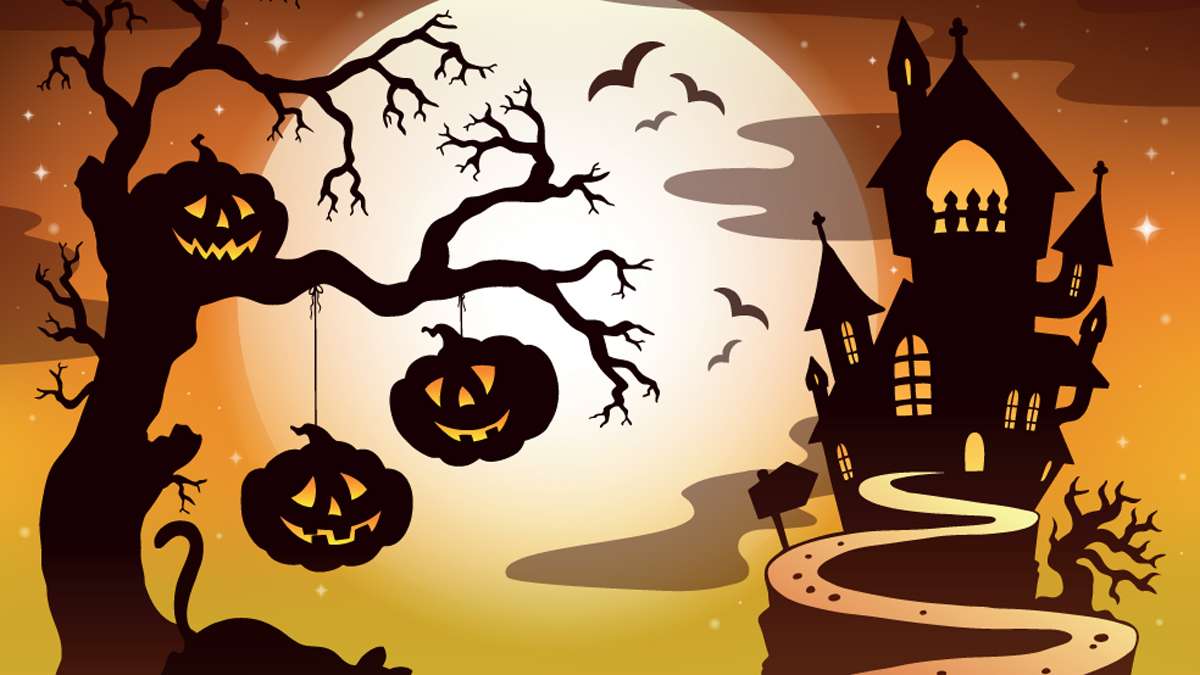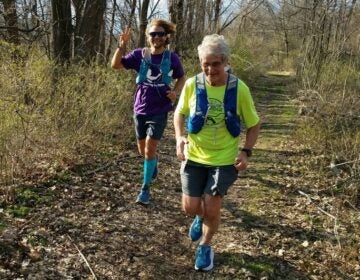New Jersey haunted houses may be the safest places to be
In the night-shrouded cornfield behind Columbus Farmer’s Market, a crew of monsters and maniacs prepared to terrorize the foolhardy souls willing to venture into BloodShed Farms Fear Fest, a Burlington County haunted attraction.
Dan Murter, aka “Grin,” had already donned his ghoulish clown makeup and costume, and was pouring gasoline into the chainsaw with which he’d menace that night’s customers.
Scares aside, safety is the main concern for Murter and his partner-in-crime, “Karnage.”
They practice the staging, to avoid physical contact with guests. They police their area for sharp edges or tripping hazards. Like all of the actors at BloodShed Farms, they keep an eye out for guests creating safety hazards of their own, such as smoking cigarettes or roughhousing.
“No one gets hurt,” Grin said, hoisting the now-gassed-up chainsaw. Chain removed, of course.
Clark Bish, who goes by the title “producer” of BloodShed Farms, echoed that sentiment. New Jersey, he said, has some of the strictest safety regulations for attractions such as his, and the most rigorous enforcement of any state in the country.
For example, any haunted attraction in an enclosed space must have a sprinkler and alarm system. Some parts of BloodShed Farms appear to be in buildings, but they’re actually mazes without roofs so smoke wouldn’t be trapped in case of a fire.
If it rains, workers have to hurriedly gather any electrical equipment and pack it in trailers. A pain in the neck, but a precaution Bish regards as sensible and necessary.
“You’re safer in a haunted house in New Jersey than any other state in the country,” Bish said.
That may seem like an odd boast for “haunted attractions” and “dark rides.” Whether they’re temporary entertainments set up in the weeks before Halloween, or long-term installations attached to amusement parks, they offer paying customers the exhilarating adrenaline rush of being frightened and menaced.
But for safety regulators and haunted attraction operators alike, a real-life horror story from New Jersey still looms over the industry 30 years later.
Haunted Castle fire
On May 11, 1984, eight teenagers died in a fire at the Haunted Castle in Jackson Township’s Six Flags Great Adventure.
Bish said that was a game-changing event in the industry. When he attends national trade shows, safety experts still give entire presentations on the Great Adventure fire, holding it up as a tragic example of what can go wrong when basic precautions aren’t taken.
According to a report by the National Fire Protection Association, the interior of Great Adventure’s Haunted Castle consisted of 16 commercial truck trailers connected in a maze. It had neither a sprinkler nor a smoke detection system. Interior walls were lined with flammable foam padding.
Though visitors weren’t allowed to use cigarette lighters inside, they frequently did so anyway to see their way through dark stretches. Only three workers were in the Haunted Castle at the time of the fire, so there was little supervision.
The NFPA report says that a 14-year-old boy using a lighter accidentally set some of the foam on fire. The flames rapidly spread. Eight teenagers between the ages of 15 and 19 died of smoke inhalation and carbon monoxide poisoning.
The state of New Jersey charged Great Adventure Inc. and parent company Six Flags Corp. with aggravated manslaughter, but they were eventually found not guilty.
Great Adventure spokeswoman Kaitlyn Turi said in an e-mail that the park has “changed significantly” since 1984, and meets or exceeds all local and state fire codes.
“We have invested substantial resources in the safety of our operations and the training of our staff, and now we operate one of the safest family entertainment facilities in the country,” Turi wrote.
William Kramer, acting director of the New Jersey Department of Community Affairs’ Division of Fire Safety, said he was a new fire inspector in 1984 when he got called to Great Adventure as one of the investigators.
Kramer said attractions such as haunted houses have inherent challenges when it comes to safety. They’re specifically designed to disorient visitors, restrict their movement and give them the impression that any apparent threat is fake.
The Great Adventure fire led to some sweeping changes in how “amusement buildings” are regulated throughout the country, Kramer said.
While New Jersey’s standards aren’t stricter than many other states, Kramer said, New Jersey does tend to be more vigilant in the scope of its investigations — requiring local or state fire marshals to inspect any such attractions in any municipalities where they crop up.
Once in a while, someone will intentionally set up a haunted house that doesn’t meet code, and try to escape state notice. But often, people won’t even realize it’s an issue, Kramer said.
Members of a civic group will decide that setting up a haunted house in a school or church basement is be a good way to raise funds. Next thing they know, the local fire marshal is telling them they have to make major changes or shut down altogether.
It’s an unfortunate situation, Kramer said, and the fire marshal ends up looking like the bad guy. Still, he believes it’s necessary.
“It’s a matter of safety,” Kramer said. “We don’t want to have another Great Adventure fire, or anything close to that.”
Not all haunted house proprietors agree with the extent of the regulations that came about as a result of the Great Adventure fire.
Larry Kirchner is the founder of Hauntworld.com. He runs three haunted attractions in St. Louis, and his company has helped construct more than 300 haunted attractions around the world.
Kirchner maintains that Great Adventure’s Haunted Castle was built during an amusement park haunted house boom, when builders often paid little attention to common sense in their designs. Even if they could, Kirchner said, modern operators wouldn’t be so negligent as to line their haunted houses with flammable foam.
While he agrees that some standards are necessary, he believes the safety standards that exist now are excessive, and it’s not fair to judge haunted attractions as inherently unsafe because of a worst-case scenario that happened 30 years ago.
“These attractions are very safe,” he said. “Everything has come a long way since that happened.”
Bish, for his part, respectfully disagrees.
As he bustled around on a recent Friday night, getting ready for the first guests to show up, he said that another fatal accident at a haunted attraction anywhere would cause major problems throughout the industry. And the last thing he’d want would be somebody getting injured at his place.
So at BloodShed Farms, they adhere to and even go beyond New Jersey’s safety regulations. Paint and other building materials are fire resistant. Signs warn guests about limited visibility, and the presence of strobe lights for anyone prone to seizures. Anybody under the influence of alcohol or drugs is barred. Smoking is prohibited anywhere on the grounds except the parking lot. Actors are always monitoring the guests, whether or not the guests can see them. Exits are plentiful, and Bish is confident he can clear a maze in 30 seconds.
All in the name of keeping the horror fun and simulated. Not tragic and real.”Some haunts looks at the fire marshal as an enemy,” Bish said. “I’m the opposite. He’s my buddy.”
WHYY is your source for fact-based, in-depth journalism and information. As a nonprofit organization, we rely on financial support from readers like you. Please give today.


